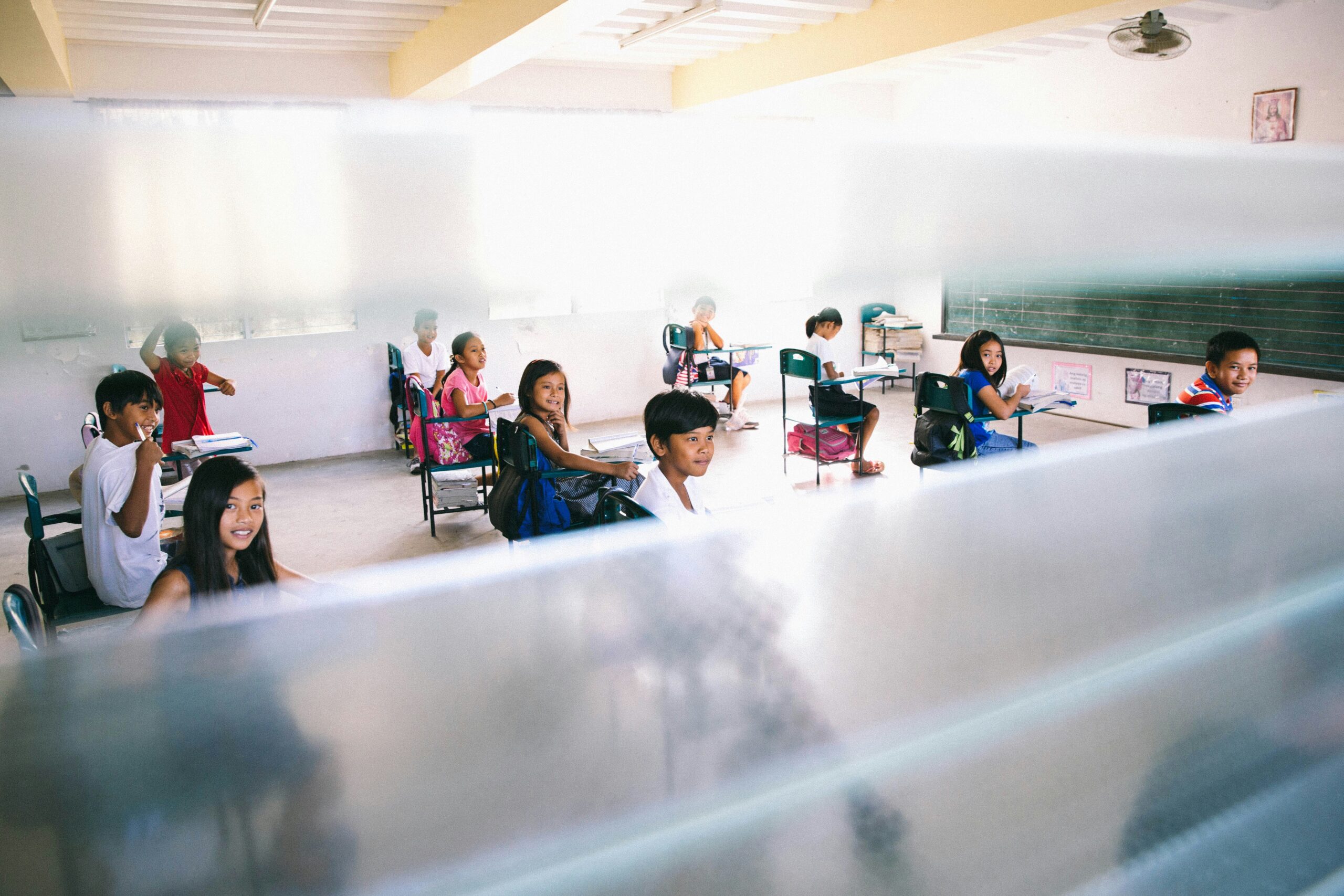Post #5 Organize resources
I will try to initially combine theory, observation, and practice to define what a true facilitator looks like and why it is important. After weeks of observing platforms, reading theoretical materials, and talking to real educators, I am starting to get a clearer picture of this concept. This week, I reviewed what I had previously learned and integrated it.
The core questions remain:
What is a facilitator? How is this role reshaping education, especially in the realm of distributed and open learning?
Photo by Robert Collins on Unsplash
Theory (Week 2):
From Vygotsky’s Zero Point Personality (ZPD), I have learned that meaningful teaching and learning occurs in a space where the student can almost independently accomplish a task. The facilitator designs the instructional task within this zone – not by giving answers, but by guiding the exploration.
I learned from Barnes’ (2016) article that facilitators do not exist to be ‘seen’ but to consciously shape cognitive and social learning. They are present in the task, in the atmosphere, and in the space they control.
Observations (Week 3):
Comparing Coursera and Outschool, the contrast is striking. Coursera’s instructors primarily provide distilled content, lacking flexibility and student engagement. In contrast, Outschool educators are adaptable, responsive, and intentionally interactive, leading discussions and provoking thought. Outschool educators feel like they are providing guidance in a hands-on way.
Interview (Week 4):
Talking with John, a modeling teacher who does not use educational theory, revealed something powerful:
Guiding is not always deliberate, but it can still be present.
Jones scaffolds, provides support without giving answers, and promotes learner independence. Even without using jargon, he teaches through this guided approach.

Personal Reflection
At the beginning of this investigation, I had viewed leading as a gentler way of teaching – less structured and more relaxed. Now I realize that it is actually more demanding. To be a good facilitator requires:
- A deep understanding of the needs of the learner
- Strategic design of the task and environment
- Humbly stepping back
This shift in understanding made me reflect on my own learning preferences. I often learn the most from educators who “do less” – because they believe I will do more. It also made me realize how I could design my lessons to teach my students more if I were to pursue a career in education in the future.


